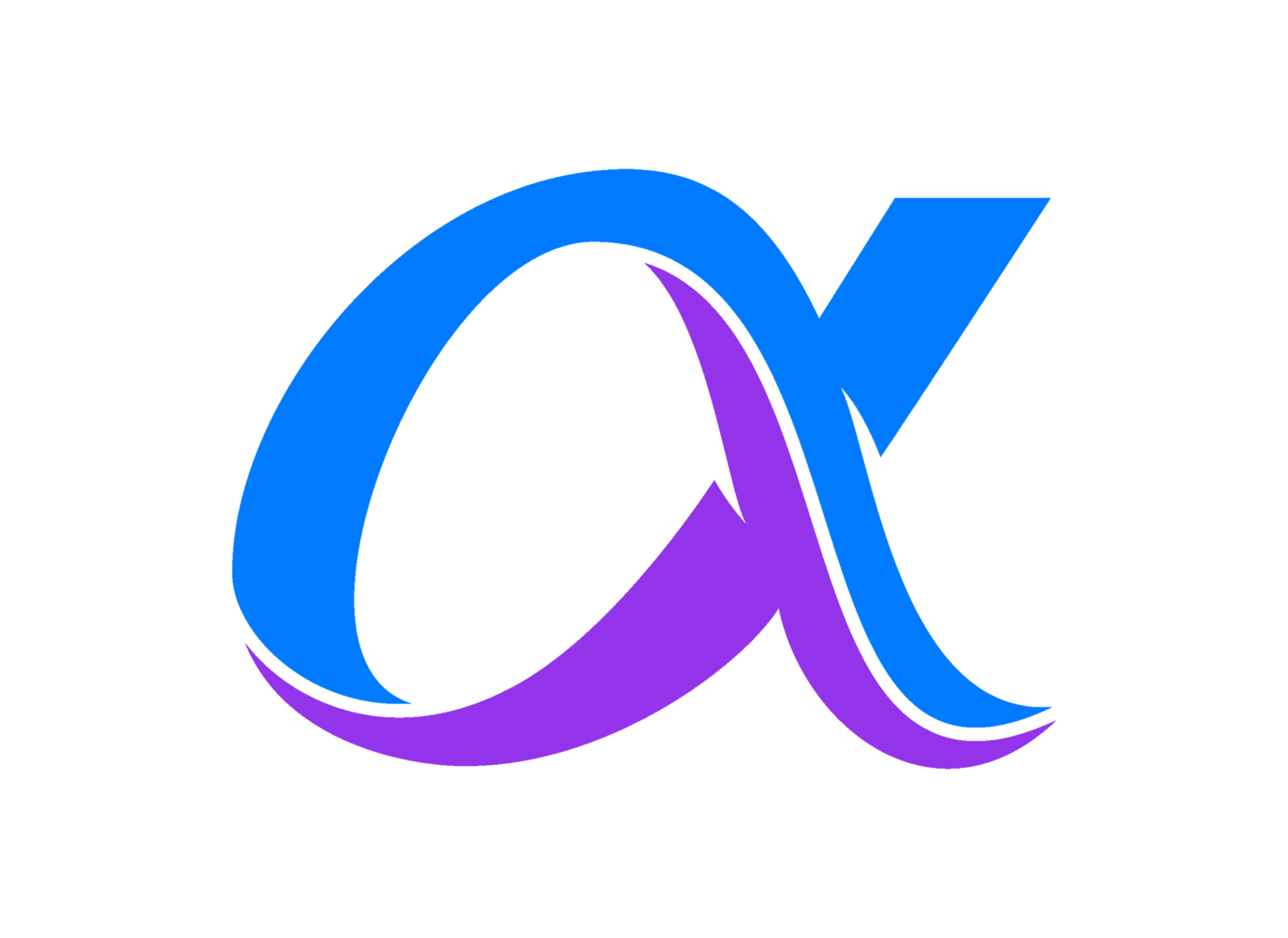From Isolated Users to Ecosystem-Wide Growth: How Web3 Loyalty Programs Are Evolving
In the early days of Web3, projects launched with a single goal: build a strong community of early adopters and keep them engaged. The playbook was simple: airdrops, speculative tokens, and exclusive Discord access. But in 2025, that playbook is broken.
Today’s users aren’t just wallet addresses waiting for free tokens. They’re discerning, multi-chain explorers who expect real utility and real rewards for their time, attention, and activity. Meanwhile, projects are no longer just competing for attention, they’re fighting for network effects.
The new strategy? Move from isolated users to ecosystem-wide growth using gamified loyalty programs powered by an intelligent Web3 rewards engine.
Let’s unpack how the next generation of Web3 loyalty programs is reshaping retention, cross-chain visibility, and network value.
The Silo Problem in Web3
Most early loyalty mechanics in Web3 lived inside walled gardens. You earned points or tokens in a specific app, and you spent them (if at all) inside that same app. Think of them as digital punch cards. They rewarded engagement, but only within one platform, and that limited the potential for growth.

Let’s say you launched a DeFi dApp and rewarded your users with “XYZ Points” for trading or staking. Great! But if those points couldn’t be used outside your app, users quickly lost interest or moved on to chase the next incentive on a different chain. You gained temporary engagement, but no long-term loyalty or visibility.
This is the problem with isolated rewards systems: they build micro-loyalty loops that fail to scale across the larger Web3 ecosystem.
Enter the Web3 Rewards Engine: Infrastructure for Ecosystem Loyalty
A Web3 rewards engine solves this by creating a layer of interoperable loyalty infrastructure across chains, apps, and user behaviors. It acts as the connective tissue between siloed apps, unifying rewards under a single, gamified structure.
Instead of points that die in one ecosystem, users can earn rewards in one app and spend them across many, transforming every action into potential exposure for every participating brand.
A robust Web3 rewards engine enables:
- Cross-app loyalty: Reward behaviors across multiple dApps, wallets, and chains.
- Collateral-backed value: Points with intrinsic, redeemable value, not inflationary tokens.
- Customizable gamification: Tailored quests, achievements, and perks that match your user flows.
With these mechanics in place, you stop thinking in terms of app-specific retention and start thinking in terms of ecosystem-wide virality.
Gamified Loyalty Programs That Actually Work
The success of gamified loyalty programs lies in three things:
- Clear value for users
- Exposure upside for projects
- Flexibility for how and where rewards are issued or redeemed
Let’s break it down.
1. Clear Value: No More Vapor Points
Legacy point systems in Web2 had the same problem as early Web3 tokens: people didn’t know what they were worth. Was 1,000 Starbucks stars better than 500 Amex points? What about 2,000 governance tokens from a DAO with no roadmap?
Modern Web3 loyalty programs solve this by anchoring rewards in backed, spendable value. For example, Alpha Points are pegged to USDC and collateralized on-chain. That gives users a clear, stable baseline, and gives builders a non-speculative, compliant way to incentivize behavior.
2. Exposure Upside: Rewards That Promote You
Here’s where the magic happens: users redeem rewards earned elsewhere inside your app or store.
That’s the reverse of the old model. Instead of you giving something away to your own users, other apps’ users show up to spend with you. Every redemption becomes a free impression, a new lead, and a high-intent visit.

Imagine someone earns Alpha Points by staking on App A, then uses them to redeem gas credits or access passes on App B. App B just acquired a user without paying for ads, launching a token, or burning equity.
Gamified loyalty programs built on a shared Web3 rewards engine create this kind of “spend flow” across the entire ecosystem.
3. Flexibility: Open or Closed Loop
Not every campaign should be open-ended. That’s why leading rewards engines let projects choose between:
- Closed Loop: Points earned and spent within a single app or campaign. Great for product launches, community rewards, or private betas.
- Open Loop: Points that can be spent ecosystem-wide, building network effects and exposure.
A project can start with a closed loop to reward early adopters, then shift to open loop to amplify growth and visibility. It’s the best of both worlds, and it keeps users engaged far beyond a single transaction or season.
From Wallet Addresses to Ecosystem Actors
The biggest unlock isn’t just about rewards. It’s about rethinking how we define loyalty in Web3.
Traditional metrics like DAUs or staking volume don’t tell the whole story. What really matters is how users move, where they spend, and why they stick around.
When rewards are gamified, liquid, and multi-chain:
- Users behave like ecosystem citizens, not captives
- Projects grow by cross-pollination, not competition
- Loyalty becomes a network multiplier, not a zero-sum game
This shift from isolated engagement to ecosystem-wide loyalty is what separates the next generation of Web3 apps from those stuck in yesterday’s playbook.
Case Study: The Alpha Engine
Let’s look at a real-world example: Alpha, the leading Web3 rewards engine powering cross-chain loyalty for dApps, wallets, and protocols.
Here’s how it works:
- Users earn Alpha Points for staking, shopping, playing, or contributing, without needing the issuing app to launch a token.
- Points are spendable in the Alpha Marketplace, across apps and partners: access passes, gas credits, merch, tools, even crypto.
- Every redemption = exposure: when a user spends points with a new brand, that brand gets free visibility and a high-intent user.
In Alpha’s ecosystem, each new app or merchant makes the whole network more valuable. Every user action sends ripples across apps, creating loyalty that compounds with every interaction.
This isn’t theoretical. In just months, Alpha has seen:
- Tens of thousands of on-chain user interactions
- Over 70 billion Alpha Points issued
- A growing network of partner apps benefiting from shared loyalty liquidity
That’s what gamified loyalty looks like when it scales across ecosystems.
The Bottom Line: Loyalty That Grows with You
Web3 loyalty programs aren’t just about retention anymore. They’re about reach. By upgrading from siloed rewards to a full-stack, gamified loyalty program powered by a shared Web3 rewards engine, you don’t just keep your users, you attract everyone else’s.
This is how Web3 moves from isolated user engagement to ecosystem-wide growth.
So if your reward system still looks like a points-for-purchase card from 2009, it’s time to evolve.
Your users are ready to earn, spend, and stick around. Now you just need to give them something real to earn, and somewhere worth spending it.
Ready to break the loyalty silo?
Discover how Alpha’s Web3 rewards engine can power your next-level gamified loyalty program across chains, apps, and realities.








